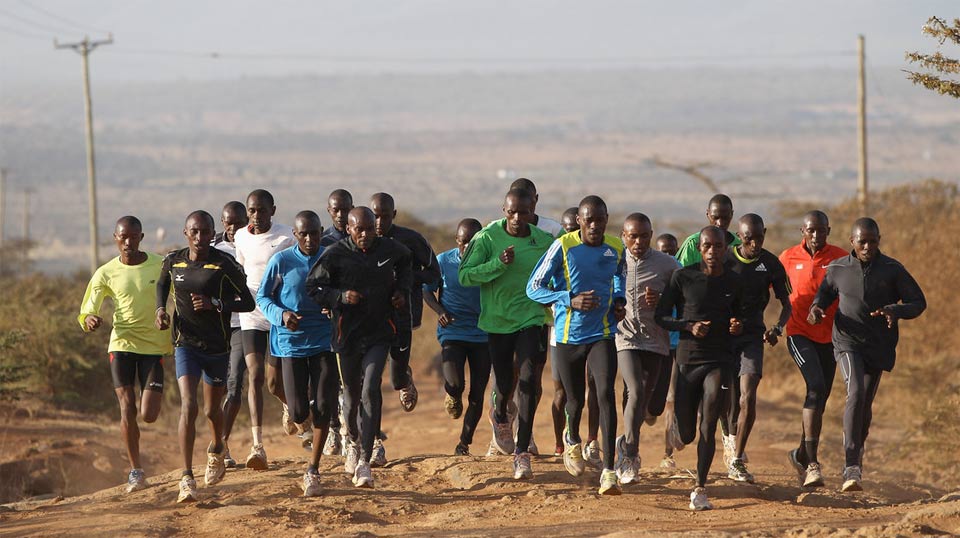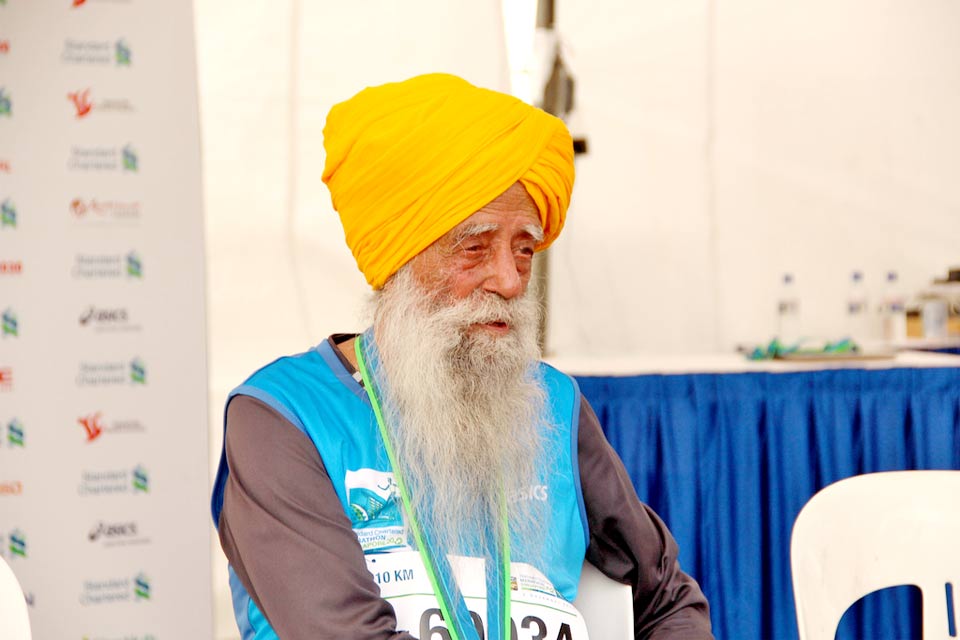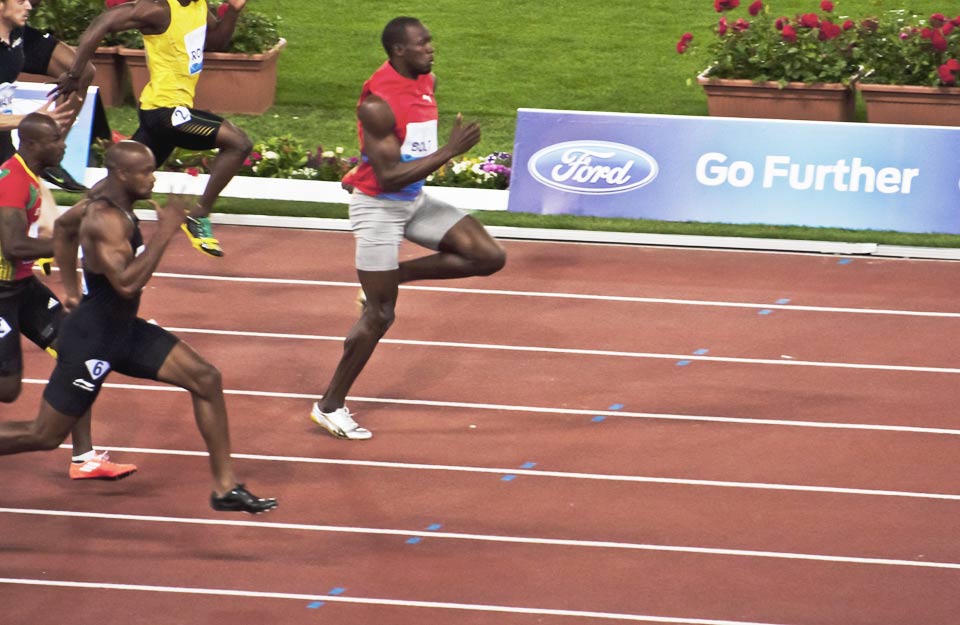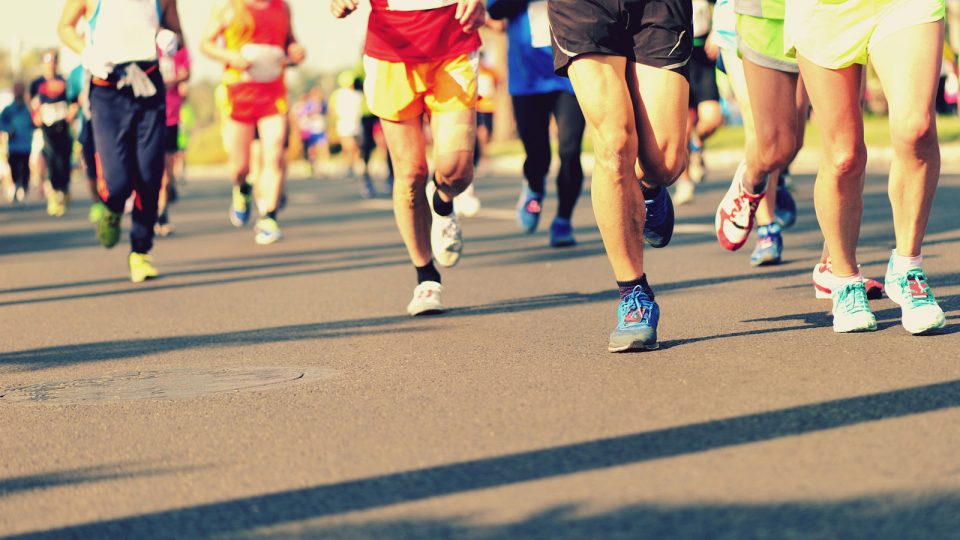Humans are built to run, and whether as a career or pastime, running continues to grow in popularity. Although some runners are destined for elite status, running is a sport that doesn’t require special skills to bring enjoyment and good health to those who take part.
When you view running as a personal challenge, you will find more enjoyment and fulfillment, regardless of your age and body type. Like any other popular hobby or sport, running carries with it a wealth of fascinating lore. Read on for unusual statistics and stories from the world of running.
Kenya’s Runners
The Kalenjin tribe of Kenya is known as “The Running Tribe”. Since 1980, in international races of lengths at 800 meters or greater, men from the tribe have won an astounding 40 percent of all medals and honours awarded. As the presence of Kenyan women on the international running scene increases, their numbers, too, are dominated by runners from the Kalenjin tribe.

Women and Running
It was not too long ago that women were not permitted to run in any marathons at all because it was considered to be too strenuous. A few brave ladies challenged the notion of all-male marathons.
Roberta Gibb became the first woman to complete the Boston Marathon when she ran it in 1966, and Katherine Switzer became the first women to race with a bib number. The Boston Marathon began to officially recognise and award female participants in 1972. Today, more than 40 percent of participants in the Boston Marathon are female.
From Child’s Play to Centenarian
The world’s youngest marathon runner is an Indian boy named Budhia Singh, who began running marathons at the age of four. The oldest person to ever run a marathon is British runner Fauja Singh (no relation to Budhia), who was 101 years old when he crossed the finish line at the London Marathon in April 2012.
Mr. Fauja Singh even came to Singapore and ran in the Standard Chartered Marathon in December 2012, before announcing his retirement from competitive running in February this year.

Doing it in Reverse… While Juggling!
Motivational speaker Joe Salter recently ran a marathon in 5 hours and 51 minutes, only that he did it backwards while juggling!
While running backwards is definitely not for everyone, it can actually be good for runners and prevent injury provided, they don’t trip over any obstacles as they’re doing so. Unlike regular running, running backward eases the stress on the knees.
Hamstring injuries are common in running, but running backward can strengthen them. Just as with normal running, backward running should be eased into and built up slowly.
A Runner’s Steps
Recreational runners run about 160 steps per minute, while elite runners run at least 180 steps per minute and may run more than 200. Recreational runners would do well to try to imitate the best; more steps per minute is associated with fewer injuries because the runner’s stride is shorter, allowing for a more manageable range of motion.
The Length of a Marathon
People are so used to the marathon distance being 42.195 kilometres that it is difficult to imagine it any other way. But marathon distances used to vary slightly depending on the venue.
The international standard of the marathon came about when the International Olympic Committee planned a course for the 1908 London Olympics to finish in front of the Royal Box, and the distance of 42.195 kilometres has been the international standard ever since.
Jamaican Sprinters
If Kenyan runners dominate distance running, it is runners from Jamaica who disproportionately exhibit the strength and bursts of speed that make them winners in the shorter distances. While Jamaican running champions may be fewer than those from other countries, they make up a disproportionately large number of winners in both men’s and women’s events.
Several athletes who eventually represented countries such as the United Kingdom and Canada in the past were also born and raised in Jamaica. Even the 100M and 200M world record holder Usain Bolt is Jamaican!

Which Lane is Best?
Ever wonder whether there’s some advantage to drawing one running lane over the other? So did some researchers, and as it turns out, there actually is. Runners in the first lane and nearest the starting pistol reacted more quickly and had a slight advantage over runners in the further lane!
Deaths caused by Marathons are Overrepresented
Running is one of the healthiest things one can do, but completing a marathon is still a physically demanding activity which puts a greater strain on the body.
By analyzing heart attacks among 10.9 million racers running either half-marathons or marathons between 2000 and 2010, researchers found that such long-distance races actually did not lead to an increased risk of heart attack.
Most experts say that runners who suffered sudden heart attacks while running a marathon usually have underlying heart issues that went undetected. Such incidents, such as Ms. Goh who passed away at the Nike She Runs 2013 and Mr. Malcolm Sng at the Standard Chartered Half Marathon in 2011, are unfortunate and tragic.
But these are rare occurrences and healthy individuals do not need to avoid running on the basis of heart attack fears.
Should People Ditch Their Running Shoes?
Every article about beginning to run includes a caution to get good running shoes, but what if runners really just need to forget about shoes entirely and run barefoot? Most people probably did it as a kid from time to time, and some runners believe that people ought to be running unshod the way their prehistoric ancestors did.
The general idea is that modern running shoes cushion the feet far more than they actually should and conceal just how poor people’s form is. This can lead to stress injuries. The jury is still officially out on this one, and so far, elite runners are not winning major competitions by hitting the ground barefoot.
There are plenty of practical considerations as well. It’s tough to find an outdoor area where it’s safe to run without shoes.
The world of running has changed a great deal in the last few decades as it grows in popularity from attracting a far more diverse population of devotees to spawning intricate studies about the ideal way to land on one’s foot for maximum performance and minimal risk of injury.
Looking ahead to the future, running is likely to inspire further research into high-performance gear and training techniques.
For the millions of people who find running enhances their everyday life, however, nothing beats the simple pleasure of enjoying a good run.





